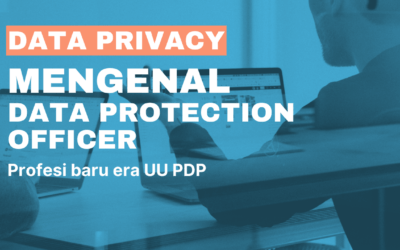Strategy to implement MDM
Do you want to learn more about MDM? Good concept, but don’t make the frequent error of immediately acquiring tools and data. First, secure your organization’s support, because data impacts every department.
#1 Clean data
Starting with a blank slate is easier said than done. You can’t call every contact in your CRM to see if his phone number is still correct. That takes a long time and is a bit insane for your consumer.
It is also difficult to predict what information you may require in the future. Furthermore, in the case of data, ‘trash in, garbage out.’ The data you give your tools must be accurate and up to date.
As a result, first, establish which data sets must be kept and how you intend to do so. Define what information you want and which entities (master data) you require it from, such as people, organizations, goods, projects, and services. Investing in new data cleaning software and technologies is only beneficial if a defined procedure and structure have been agreed upon.
A unique key is required to link information across all of your systems. Altares Dun & Bradstreet, for example, employs the globally known DUNS number as an ‘identifier’ to validate companies that might act as a stepping stone for your data.
Many organizations, including the United Nations, ISO, and the European Commission, demand a DUNS number. The DUNS number makes it much easier to connect your data, deduplicate it, enhance it with new information, and export it as a full set.
#2 Validate and standardize your data entry
If your organization has been established for a long time, you are likely to have duplicate or incomplete data. For example, the financial administration gets invoices on a regular basis because the recipient is no longer right. Then you must contact that firm, personally alter the invoice, and notify your coworkers of the change. A lot of effort and time wastage. When the quality of your data is poor, it is hard to rely on its veracity.
This leads us to the third step. Ideally, you set up your systems so that all data and systems connect seamlessly and that human errors when entering data are minimized as much as possible.
The good news is that data entry and validation can both be automated. How? By defining a set of rules in your online application, such as your CRM, that govern which data is allowed and which is not. It next looks to see what information already exists and compares it to the imported data. This keeps duplicate data from entering your system.
#3 Link internal and external sources
Data enrichment makes many sales and marketing professionals’ hearts race. After all, knowledge is power: more information on the client allows for more targeted advertisements. Master data management provides a wonderful chance not only to connect data sources but also to rapidly enrich your data. For example, consider adding new client information fields, such as credit risk information. In this manner, you may work on a complete solution: you import clean data that instantly enhances your existing data. That’s a two-for-one.
With the correct software solution, you can ensure that all of your data can be integrated and enriched, and you can work on a future-proof data plan. Whether you work in marketing, sales, finance, or compliance, the information is aligned when you pick a solution that can link your CRM, ERP, and other company information systems to external information sources. A 360-degree consumer perspective is developed, and you may make more accurate forecasts about the future.
#4 Monitor and monitor the quality of your data 24/7
You’ve come a long way after going through the previous four steps to set up your master data management. However, you must also consider the future. Others’ businesses, like yours, never remain still. Every day, there are takeovers, relocations, and other such events. So, how do you keep your data current? Is the quality being monitored? If you do not have a strategy in place to maintain your data up to date, all of your investments will be wasted.
As a result, the fifth stage is to create a data governance policy. That includes a mechanism that regularly ensures the quality of your data. Master data management has little chance of success without such a plan.




